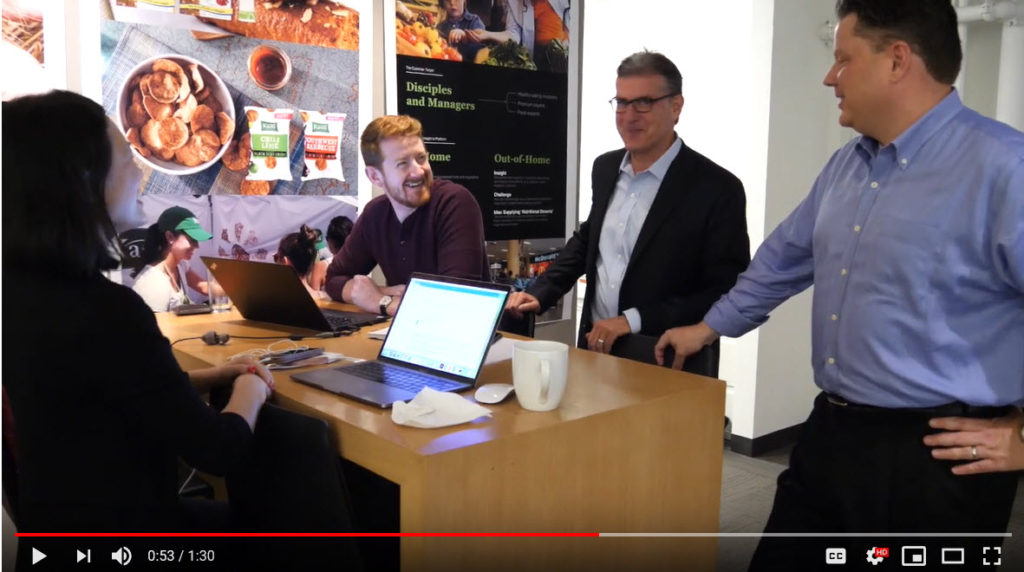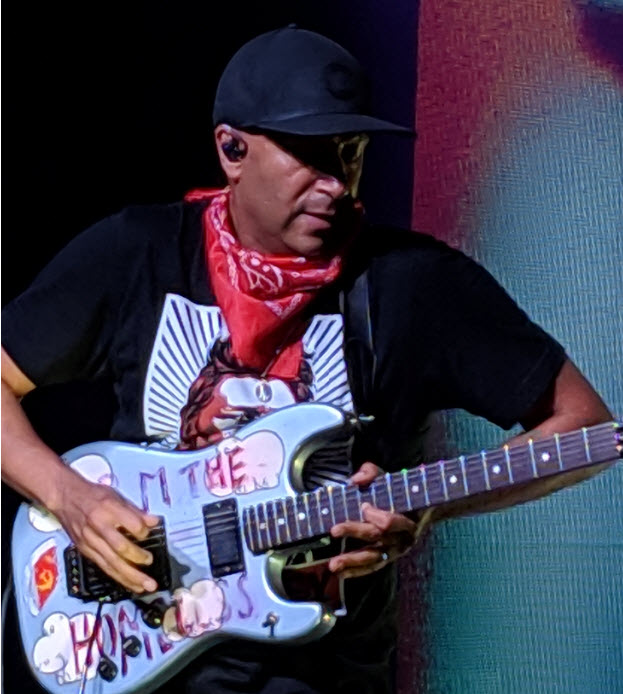Rage Against The Alphabet.
Google has built its enormous search business by creating “ads that are helpful.” The advertising industry, on the other hand, creates ads meant to sell. One business is shrinking, the other growing. Many consumers would agree they prefer to be helped rather than sold.
If you add machine learning to Google’s laser focus on marketing as evidenced at yesterday’s Google Marketing Live Conference, you might place career bets on Google rather than Droga 5 or RGA. But wait!
At the nexus of “helping” and “selling” is brand planning. Advertising agents more often than not sell. Clients make them. But advertising agencies, both digital and traditional, guided by proper brand strategy can’t avoid being helpful — because a brand strategy is built upon customer care-abouts. (Balanced by brand good-ats.) With a brand strategy as your guide, the advertising work can’t help but be helpful. It’s hard to be self-serving when being helpful.
So let’s all learn from Google and capture the essence of helpfulness, then wrap it in powerful product and consumer insights and beat the machine. Zack de la Rocha had it right.
Peace.







